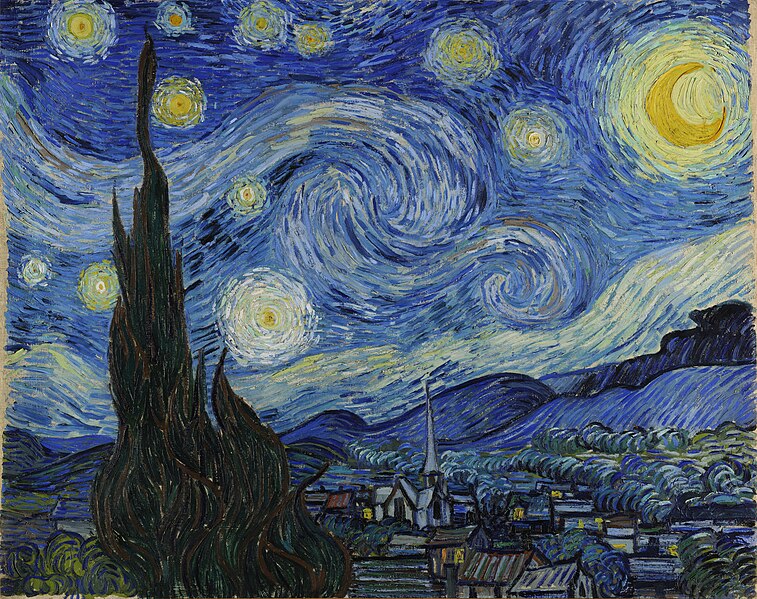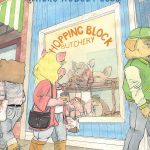Vincent Van Gogh (1853-1890), viewed by many as the standard definition of the “tortured artist”. His name if often tinged by tales of lunacy and sorrow. However, underlying this one-dimensional depiction sits a pioneering artist whos work shaped contemporary artwork. Vincent van Gogh art transcended the norms and conventions of his time, fusing bright colors and bold techniques that were misunderstood by his contemporaries but treasured by future generations.
In the words of Van Gogh himself, ” I am seeking, I am striving, I am in it with all my heart.” Thus, this statement embodies the very foundation of his life and work; a never- ending search for artistic expression, propelled by a visceral and passionate engagement with the world.
Vincent Van Gogh Early Years and Art
Vincent van Gogh’s formative years were a foreshadowing of his turbulent yet remarkable journey. His early career trajectory was distant from painting; he worked in an art dealership, a move encouraged by his family’s connection to the art world. This phase, however, was brief. Vincent true calling arose when he embarked into religious preaching, a phase that profoundly influenced his early works. His first significant works, such as “The potato Eaters“, reflects this period , with melancholy tones and themes of peasant life that contrast sharply with his later exuberant works.
These initial pieces, while not as well acknowledged as his later works, proves essential in absorbing his creative evolution. They exhibit a raw, unpolished Van Gogh grappling with the difficulties of light , shadows, and forms. This era of contemplation and inquiry established the groundwork for his later distinct style, which would eventually change the art sphere at large.
Parisian Influence
Vincent arrival in Paris in 1886 was a watershed moment in his creative trajectory, immersing him self in the bustling Parisian art scene, he discovered the works of impressionist such as Monet and Post-impressionist like Gauguin, substantially influencing his approach. This phase, marked by a radical shift in his use of colors and brushstrokes. Van Gogh began experimenting with brighter, lighter shades and shorter brushstrokes, an abrupt contrast to the gloomy, dark tones of his Dutch phase. His exposure to Japanese woodblock print during this time period had a profound impact on his aesthetics, as observed in the strong shapes and odd perspectives in his later works.
Living with his brother Theo, an art dealer, Van Gogh had the luxury of meeting numerous contemporary painters and artists who further influenced his evolving style. This Parisian phase was a time for intensive creative and personal growth, laying the groundwork for his most renown works that followed. His brief stay in Paris was vital in creating the distinct, expressive style that would come to mark his legacy in the world of art.
Some of Van Gogh’s Most Renown Works
- The Potato Eaters (1885)
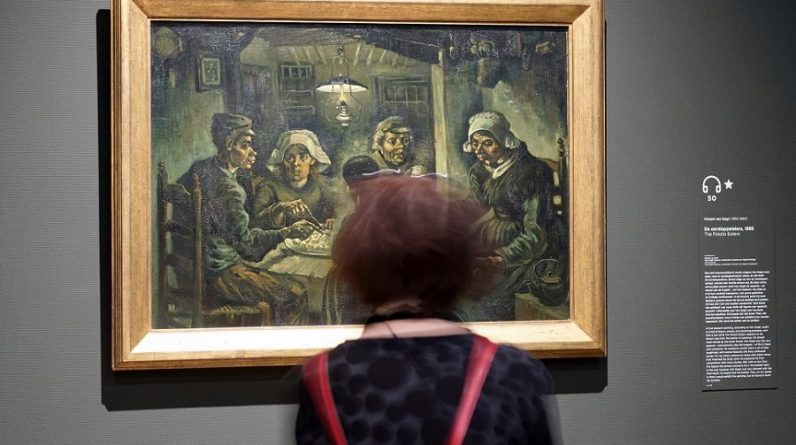
Early Dutch phase, representing peasant life, with the intention to frame hardship and toil, with realism and empathy
- Irises (1889)
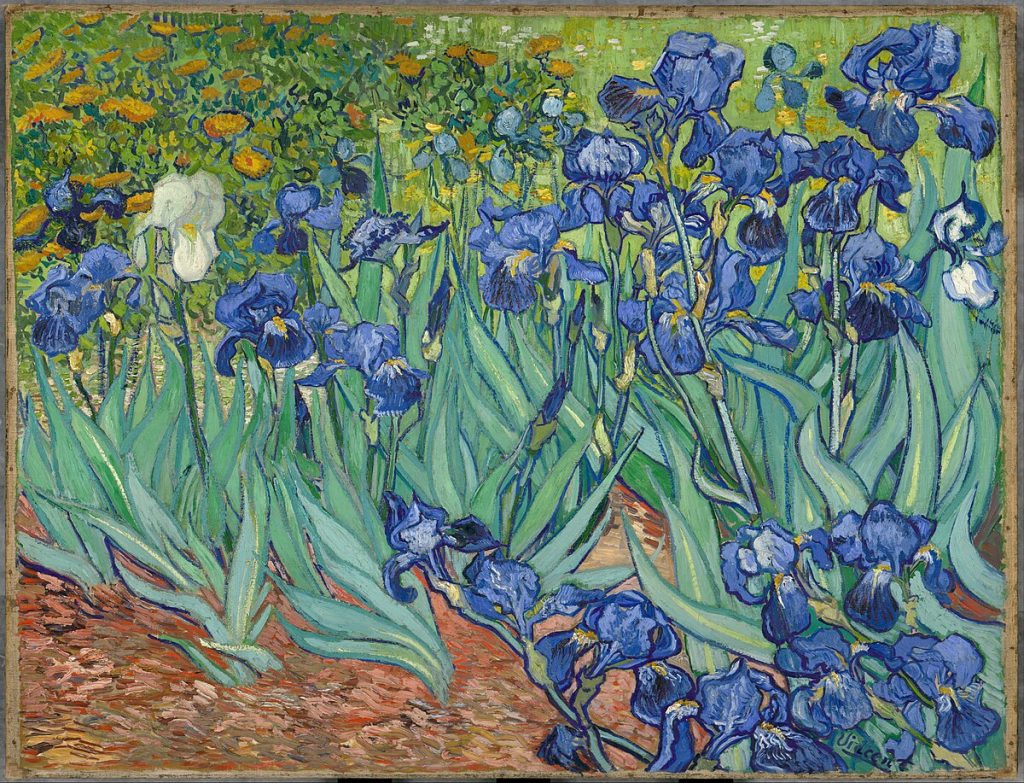
Saint-Rémy period. Painted during his time in the asylum, reflecting on his search for tranquility and beauty amidst internal chaos.
- Sunflowers (1888)
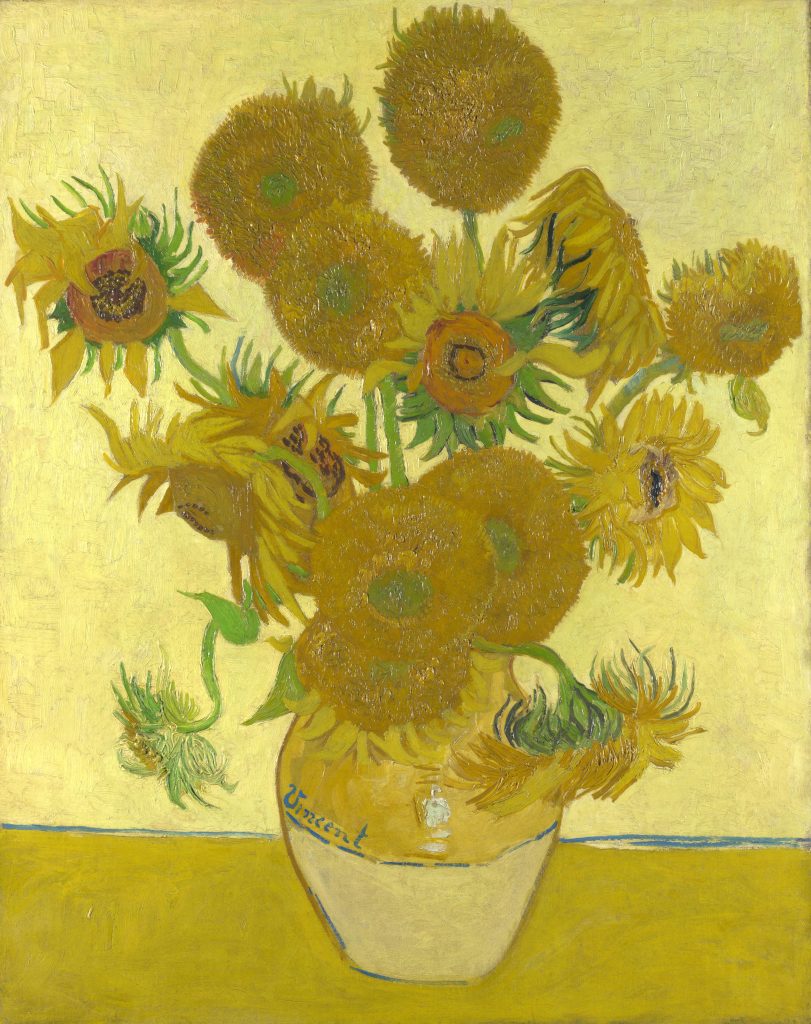
Arles period. Part of a series to decorate his studio in anticipation of Gauguin’s visit; reflecting notions of gratitude and friendship
- Café Terrace at Night (1888)

Arles period. framing the ambiance of a café in Arles at night, known for the use of color and perspective without black.
- Wheatfield With Crows (1890)
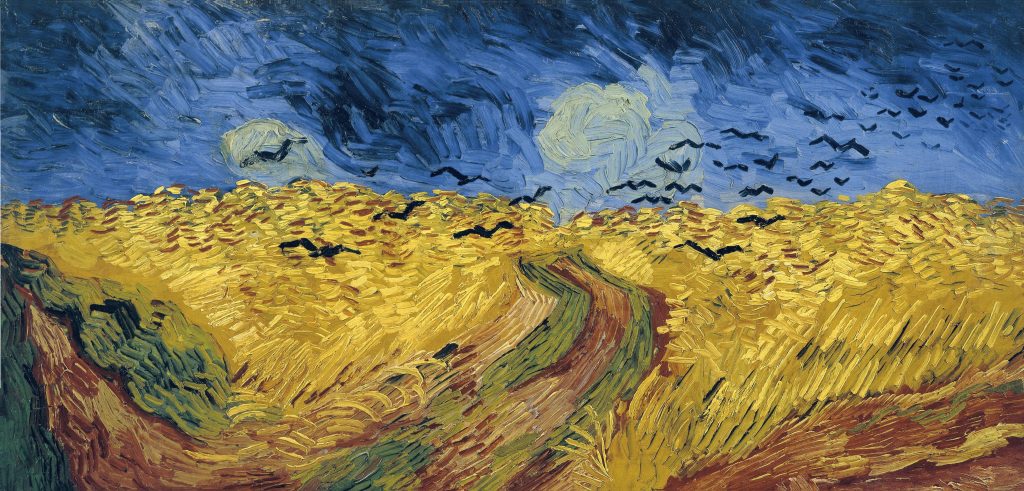
Auvers-sur-Oise period. one of Van Gogh’s final paintings, usually interpreted as an emotional portrayal of turmoil and a prelude to his tragic end
- Self-portrait with Bandaged Ear (1889)
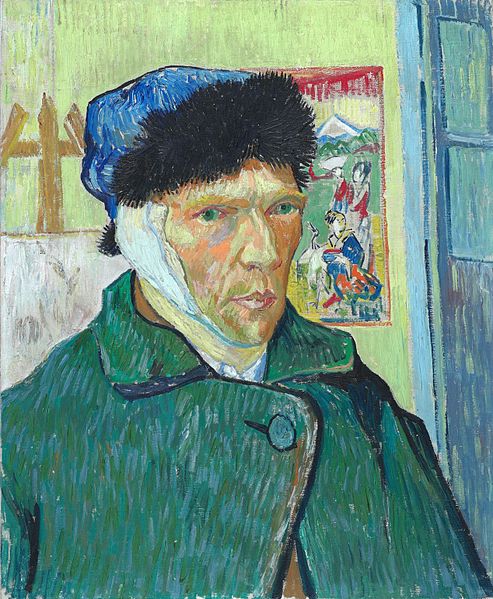
Arles period, self-portrait, post self-mutilation, reflecting his psychological state and his persistent commitment to art.

